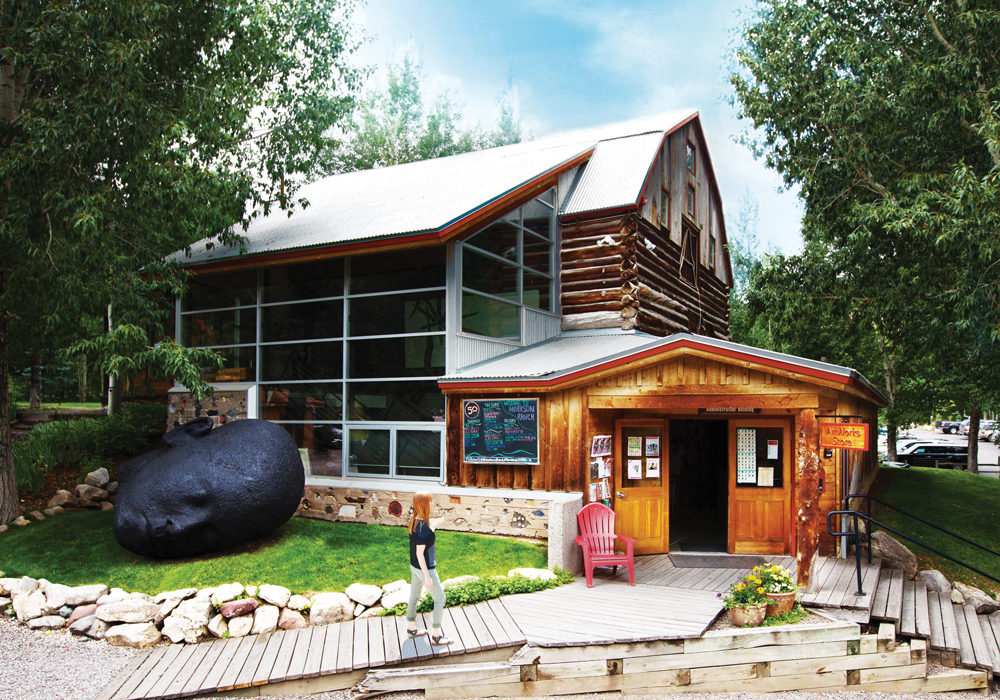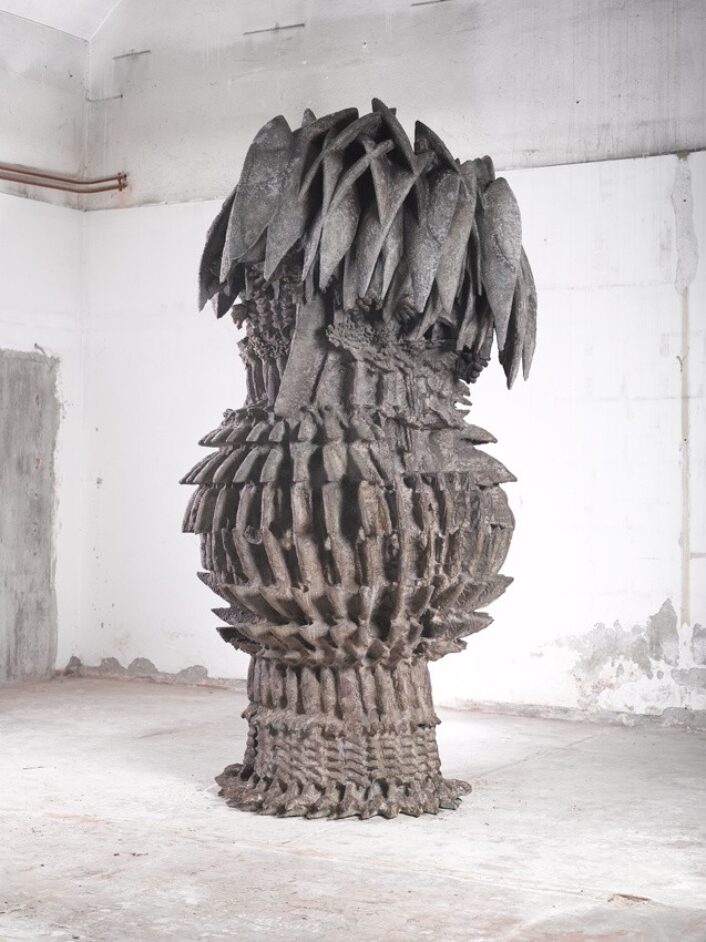Culture
Anderson Ranch Arts Center

The Ranch.
Image courtesy of: Alliance of Artists Communities
Among the Rocky Mountains peaks in Snowmass Village, a treasured arts organization has been a spot for both community members and a destination for artists for 53 years. The evolution of the Anderson Ranch Arts Center continues to grow and it has become one of the most respected “institutions” for visual arts programs in the country.
It is clear that the center will continue to thrive after hiring new CEO and president Peter Waanders this year. The past CEO, Nancy Wihelms, had served in that position for just over five years and saw to a 53% increase in the operating budget in addition to being responsible for overseeing the center’s 50th anniversary! Along with Waanders, Helen Molesworth will serve as “curator in residence”. Molesworth, the former curator at Los Angeles’ MOCA, was instrumental in an eventful summer of 2019.

Paul Soldner.
In 1966, Soldner selected this site for the Anderson Ranch Arts Center.
Image courtesy of: Anderson Ranch Arts Center
The Ranch offers a welcoming community for both artists and art enthusiasts… providing sufficient time to work and plenty of space for artists at all levels. The state-of-the-art facilities and access to world renowned faculty makes the center a unique spot. It does not hurt that the location could not be more beautiful; the campus is comprised of fourteen ranch buildings on five beautifully kept acres.
The Ranch was the vision of Paul Soldner, a famous raku ceramist. Soldner was known for his experimentation with the 16th-century Japanese technique of raku. He introduced new methods of firing and post firing… this approach became known as American Raku. Soldner fell in love with Aspen after spending his childhood in Illinois and his early adulthood in Claremont, California. In 1957, he began building a solar-heated house and studio in Aspen. The project utilized only local rocks and wood… and once finished, he made this spot his “summer home”. Just a few years later, Soldner became instrumental in founding the Anderson Ranch Arts Center.

Paul Soldner.
In the 1960’s, a group of local ladies asked Soldner to lead a ceramics group. When the group lost the lease to the studio space, someone told Soldner of the impending development at what would become Snowmass Mountain. Soldner was invited to pick from the old ranch lands available… he chose the old sheep and cattle ranch which was operated by the Anderson family.
Image courtesy of: The Aspen Times, photographed by: Paul Conrad
Paul Soldner, along with photographer Cherie Hiser, clay sculptor Peter Voulkos, woodworker Sam Maloof, and many others, planted the seeds for the art center. The founders wanted a decidedly different approach from many of the existing degree-focused programs that were in operation at the time. The core principals were: small class sizes to allow for personal attention and easy access to faculty, unrestricted studio availability, counseling on professional paths for artists, and the value of giving more than taking.
About the Ranch’s “core values”, Soldner said, “It seemed important that we do things differently than can be done in college.”

The Maloof Wood Barn and Loft.
Image courtesy of: Anderson Ranch Arts Center
The 55,000- square-foot facility includes eight studio buildings, a lecture hall, a cafe, administrative office spaces, a gallery, and an 18-room dormitory which can house up to 30 students. There are also four single-family houses and three apartments for the artistic staff. Some of the structures are actually renovated log cabins and barns that are believed to be some of the oldest in the area. They are a beautiful juxtaposition to the contemporary studio buildings.
Perhaps the most significant is the Artist-in-Residence Program. Residency is offered in both the spring and fall terms and residents can choose from a variety of interdisciplinary projects such as ceramics, new media, photography, furniture design, woodworking, painting, drawing, printmaking, and sculpture. In addition, residents can gain feedback from the prominent visiting artists and critics.

Previously, the Ranch was one only open in the summer months, now it is open year-round.
Image courtesy of: Anderson Ranch Arts Center
Another important component of the Ranch is the Visiting Artists Program. Initiated in 1980, this program began after a series of collaborative projects in the print shop. It’s grown! This program allows artists of all medium types to visit the campus and enables them to spend time completing projects or exploring new work. The visiting artists share their creative energy with the residency students through studio visits and critiques. They also engage in lectures providing direct and impactful contributions between the community, residents, and the public.


